 A family nurse practitioner prepares a syringe with the mpox vaccine for inoculating a patient at a vaccination site in the Brooklyn borough of New York, U.S., August 30, 2022. /AP file photo
A family nurse practitioner prepares a syringe with the mpox vaccine for inoculating a patient at a vaccination site in the Brooklyn borough of New York, U.S., August 30, 2022. /AP file photo
A family nurse practitioner prepares a syringe with the mpox vaccine for inoculating a patient at a vaccination site in the Brooklyn borough of New York, U.S., August 30, 2022. /AP file photo
The Democratic Republic of the Congo (DRC) is struggling to contain its biggest mpox outbreak, and scientists said a new form of the disease detected in a mining town might more easily spread among people.
Since January, the country has reported more than 4,500 suspected mpox cases and nearly 300 deaths, numbers that have roughly tripled from the same period last year, according to the World Health Organization (WHO). The DRC recently declared the outbreak across the country a health emergency.
An analysis of patients hospitalized between October and January in Kamituga, eastern DRC, suggests recent genetic mutations in mpox are the result of its continued transmission in humans; it’s happening in a town where people have little contact with the wild animals thought to naturally carry the disease.
“We’re in a new phase of mpox,” said Dr Placide Mbala-Kingebeni, the lead researcher of the study, who said it will soon be submitted to a journal for publication. Mbala-Kingebeni heads a lab at the DRC’s National Institute of Biomedical Research, which studies the genetics of diseases.
The lesions reported by most patients are milder and on the genitals, Mbala-Kingebeni said, making the disease trickier to diagnose. In previous outbreaks in Africa, lesions were mostly seen on the chest, hands and feet. He also said that the new form seems to have a lower death rate.
‘Silent transmission’
In a report on the global mpox situation this week, WHO said the new version of the disease might require a new testing strategy to pick up the mutations.
With experts pointing out that fewer than half of people with mpox in the DRC are tested, Mbala-Kingebeni said: “The risk is that unless patients themselves come forward, we will have a silent transmission of the disease and nobody will know.”
Mbala-Kingebeni said most people were infected via sex, with about a third of mpox cases found in sex workers. It was not until the 2022 global emergency of mpox that scientists established the disease was spread via sex, with most cases in gay or bisexual men. In November, WHO confirmed sexual transmission of mpox in the DRC for the first time.
There are two kinds, or clades, of mpox, which is related to smallpox and endemic to central and west Africa. Clade 1 is more severe and can kill up to 10 percent of people infected. Clade 2 triggered the 2022 outbreak; more than 99 percent of people infected survived.
Mbala-Kingebeni and colleagues said they have identified a new form of clade 1 that may be responsible for more than 240 cases and at least three deaths in Kamituga, a region with a significant transient population traveling elsewhere in Africa and beyond.
Dr Boghuma Titanji, an infectious diseases expert at Emory University who is not connected to the research, said the new mutations are concerning.
“This suggests the virus is adapting to spread efficiently in humans and could cause some pretty consequential outbreaks,” she said.
Looking for help
Although the mpox epidemics in the West were contained with the help of vaccines and treatments, barely any have been available in the DRC. The country’s minister of health has authorized the use of vaccines in high-risk provinces, said Cris Kacita Osako, coordinator of the DRC’s Monkeypox Response Committee. He said officials are in talks with donor countries like Japan to help buy the shots.
“Once a sufficient quantity of vaccines is available … vaccination will be implemented as part of the response,” Kacita Osako said.
Dr Dimie Ogoina, an mpox expert at Niger Delta University, said the new research is an unsettling reminder of an earlier – but different – outbreak.
“The notable spread among sex workers is reminiscent of the early stages of HIV,” he said, explaining that prejudices attached to treating sexually transmitted infections and the reluctance of people with mpox to come forward were worrying.
WHO’s emergencies chief, Michael Ryan, said last week that despite the ongoing spread of mpox in Africa and elsewhere, “there has not been a single donor dollar invested.”
Source(s): AP


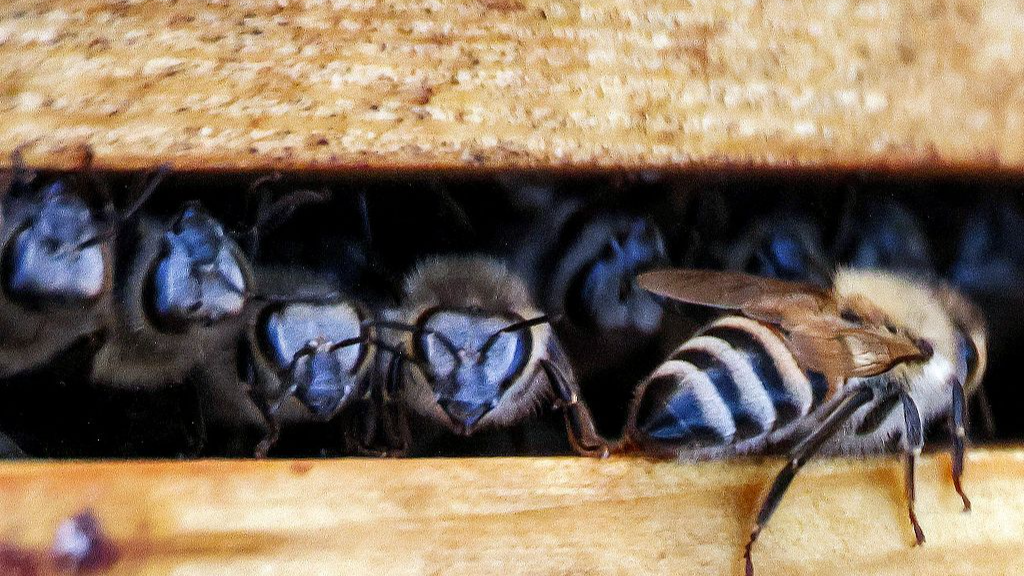
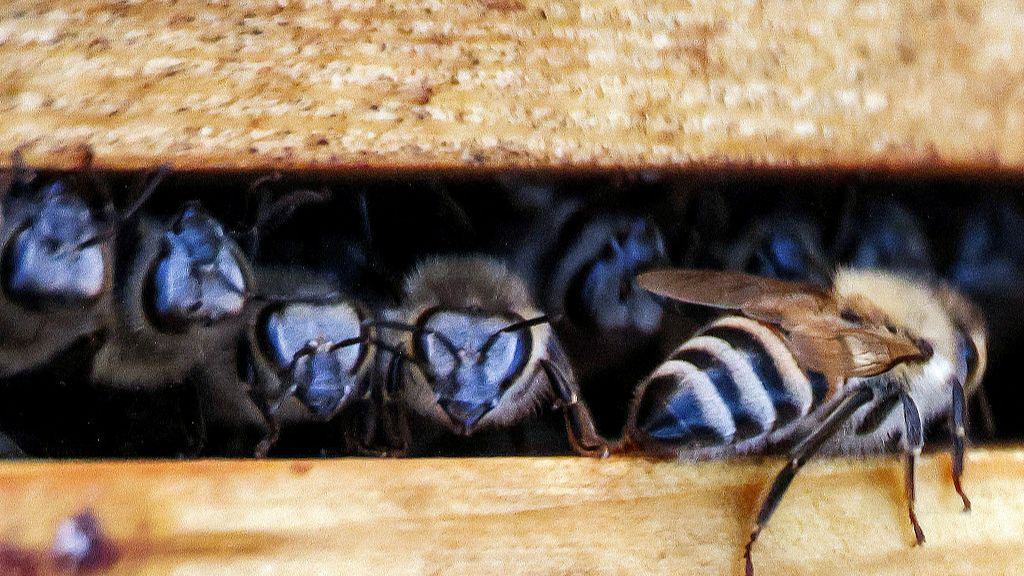 Worker bees swarm outside a hive at an apiary in Kuwait City, February 5, 2024. /CFP
Worker bees swarm outside a hive at an apiary in Kuwait City, February 5, 2024. /CFP 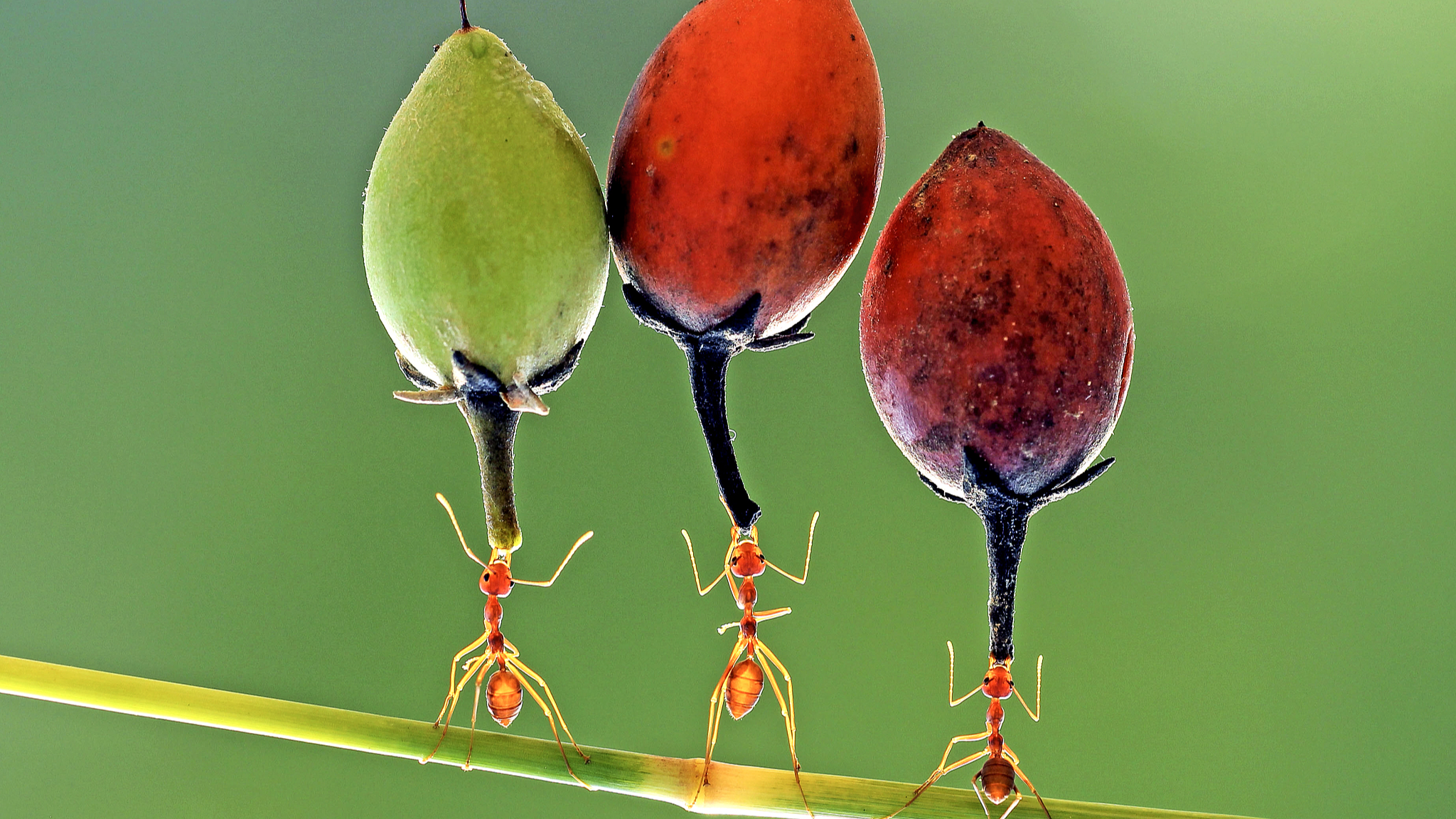 Ants show off their super strength as they each hold colorful fruits while balanced on the stem of a plant. /CFP
Ants show off their super strength as they each hold colorful fruits while balanced on the stem of a plant. /CFP  Baya Weavers, native birds across the Indian Subcontinent and Southeast Asia, fly while building nests at a park in Navi Mumbai on August 2, 2022. /CFP
Baya Weavers, native birds across the Indian Subcontinent and Southeast Asia, fly while building nests at a park in Navi Mumbai on August 2, 2022. /CFP  A beaver swims in Napa Creek, July 19, 2023, Napa, Calif. /CFP
A beaver swims in Napa Creek, July 19, 2023, Napa, Calif. /CFP 
 LIANG GUOXIU/CHINA DAILY
LIANG GUOXIU/CHINA DAILY 
 A robot serves tea to visitors during a tea expo in Beijing in April. [WU CHANGQING/FOR CHINA DAILY]
A robot serves tea to visitors during a tea expo in Beijing in April. [WU CHANGQING/FOR CHINA DAILY] 
 A family nurse practitioner prepares a syringe with the mpox vaccine for inoculating a patient at a vaccination site in the Brooklyn borough of New York, U.S., August 30, 2022. /AP file photo
A family nurse practitioner prepares a syringe with the mpox vaccine for inoculating a patient at a vaccination site in the Brooklyn borough of New York, U.S., August 30, 2022. /AP file photo 
 An undated photo shows an artifact collected by the Shanghai Museum, currently on display at the Szent Istvan Kiraly Museum in Szekesfehervar, Hungary. /CFP
An undated photo shows an artifact collected by the Shanghai Museum, currently on display at the Szent Istvan Kiraly Museum in Szekesfehervar, Hungary. /CFP 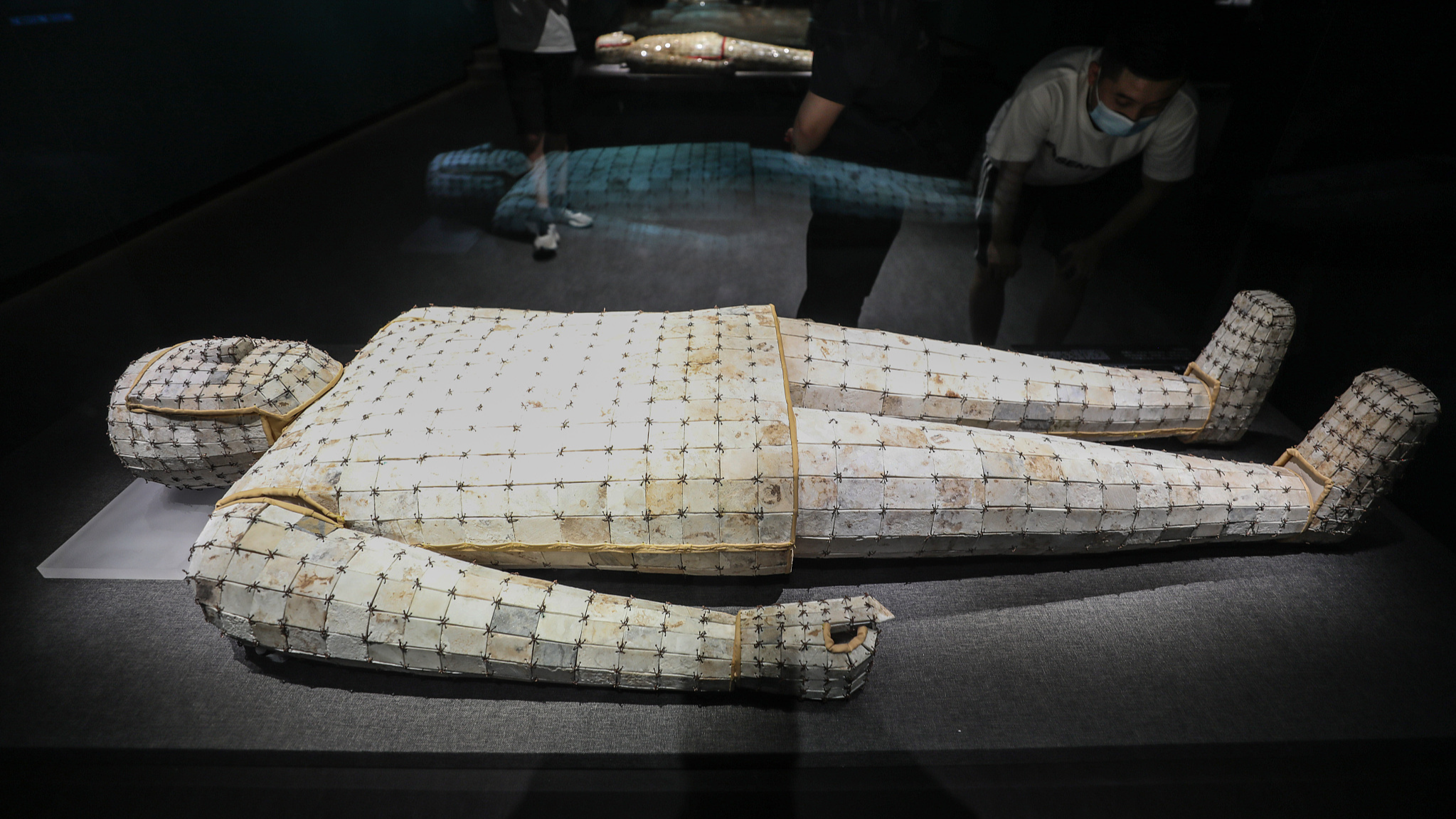 An undated photo shows a jade burial suit from the Han Dynasty, collected by the Xuzhou Museum, currently on display at the Szent Istvan Kiraly Museum in Szekesfehervar, Hungary. /CFP
An undated photo shows a jade burial suit from the Han Dynasty, collected by the Xuzhou Museum, currently on display at the Szent Istvan Kiraly Museum in Szekesfehervar, Hungary. /CFP  An undated photo shows the view of the Shanghai Museum in China. /CFP
An undated photo shows the view of the Shanghai Museum in China. /CFP 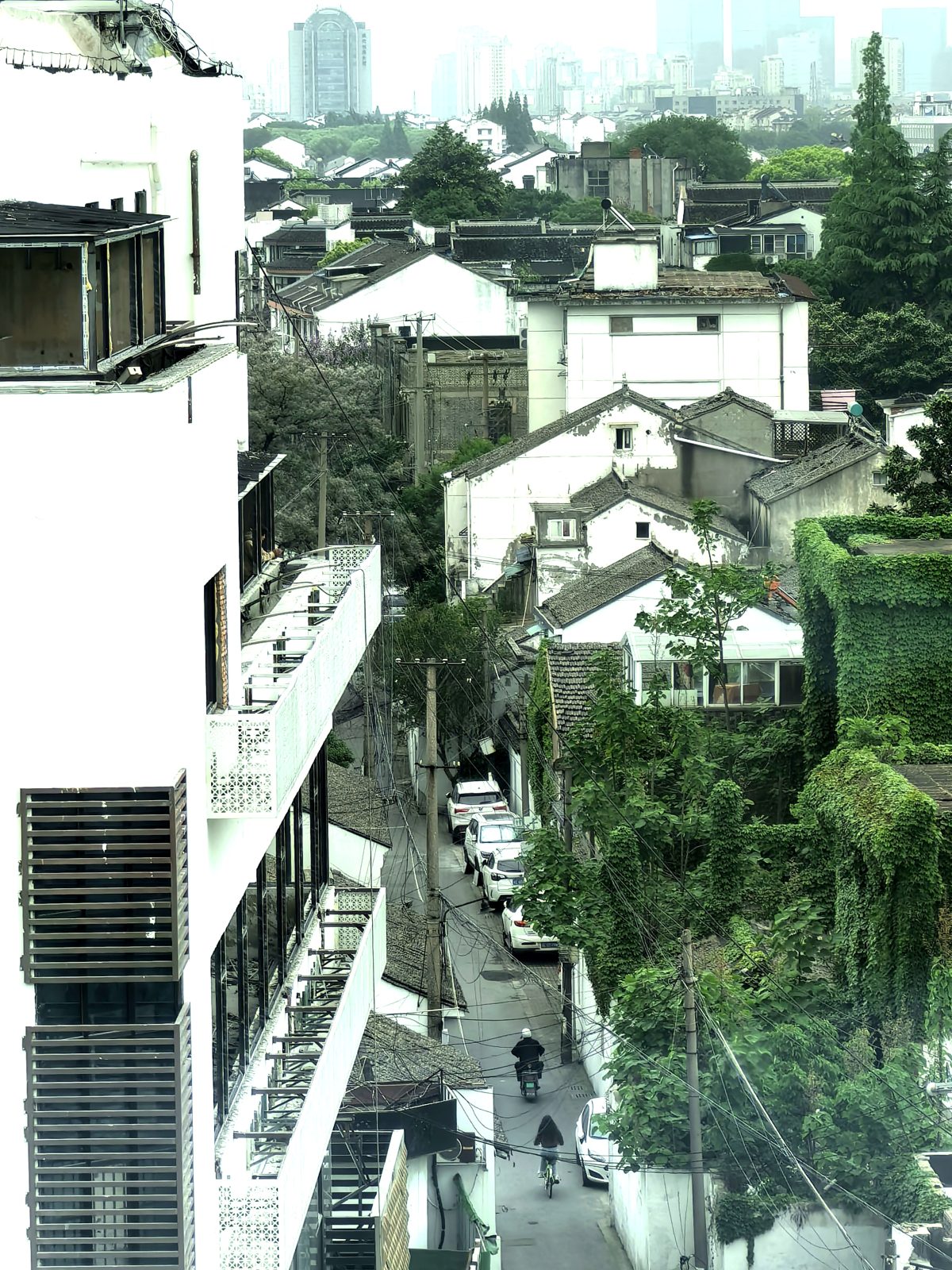
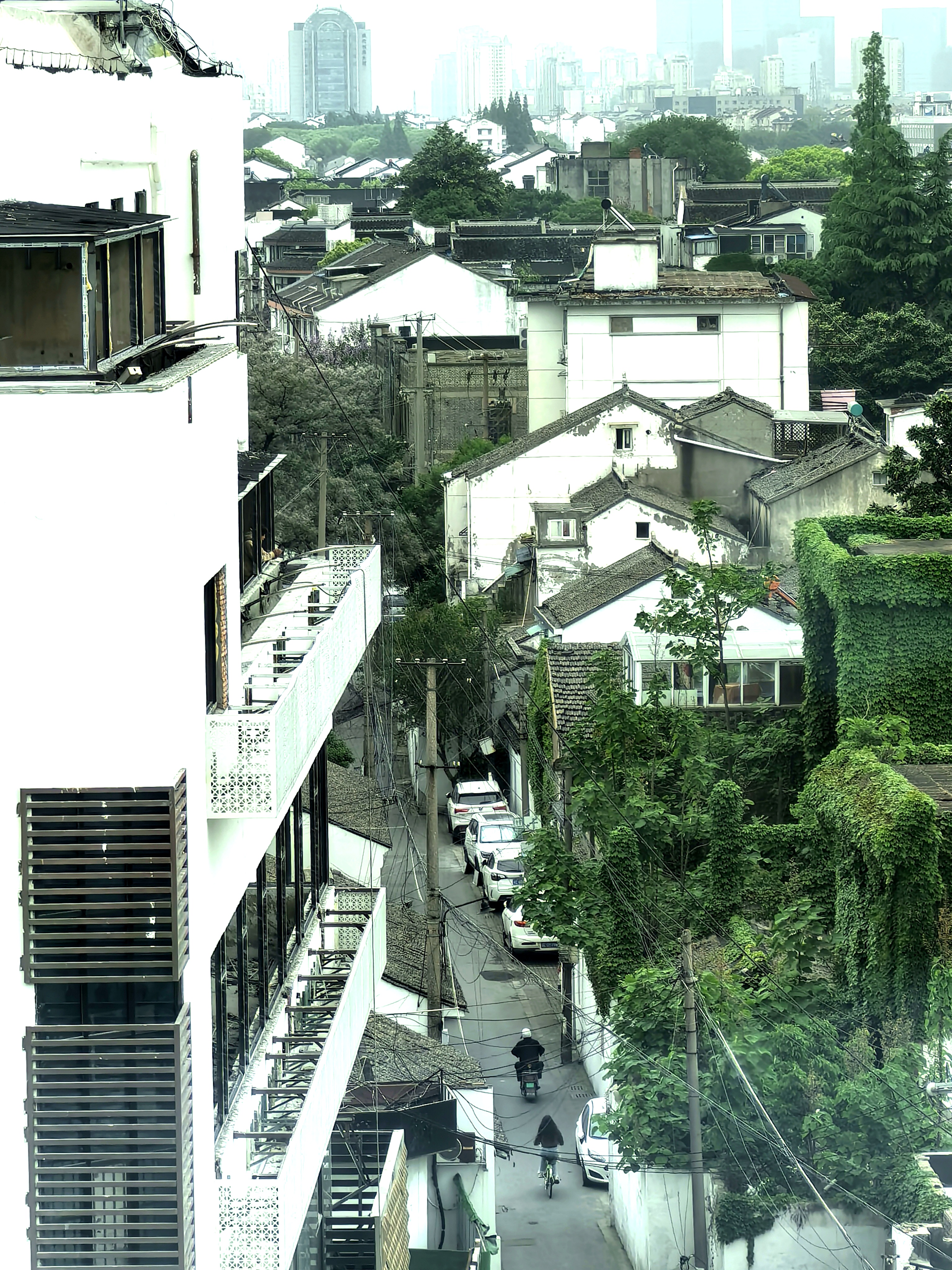 Catch a glimpse of Suzhou, east China’s Jiangsu Province, in this photo taken on April 26, 2024. /CGTN
Catch a glimpse of Suzhou, east China’s Jiangsu Province, in this photo taken on April 26, 2024. /CGTN  Catch a glimpse of Suzhou, east China’s Jiangsu Province, in this photo taken on April 26, 2024. /CGTN
Catch a glimpse of Suzhou, east China’s Jiangsu Province, in this photo taken on April 26, 2024. /CGTN  Catch a glimpse of Suzhou, east China’s Jiangsu Province, in this photo taken on April 26, 2024. /CGTN
Catch a glimpse of Suzhou, east China’s Jiangsu Province, in this photo taken on April 26, 2024. /CGTN  Catch a glimpse of Suzhou, east China’s Jiangsu Province, in this photo taken on April 26, 2024. /CGTN
Catch a glimpse of Suzhou, east China’s Jiangsu Province, in this photo taken on April 26, 2024. /CGTN  Catch a glimpse of Suzhou, east China’s Jiangsu Province, in this photo taken on April 26, 2024. /CGTN
Catch a glimpse of Suzhou, east China’s Jiangsu Province, in this photo taken on April 26, 2024. /CGTN  Catch a glimpse of Suzhou, east China’s Jiangsu Province, in this photo taken on April 26, 2024. /CGTN
Catch a glimpse of Suzhou, east China’s Jiangsu Province, in this photo taken on April 26, 2024. /CGTN  Catch a glimpse of Suzhou, east China’s Jiangsu Province, in this photo taken on April 26, 2024. /CGTN
Catch a glimpse of Suzhou, east China’s Jiangsu Province, in this photo taken on April 26, 2024. /CGTN 


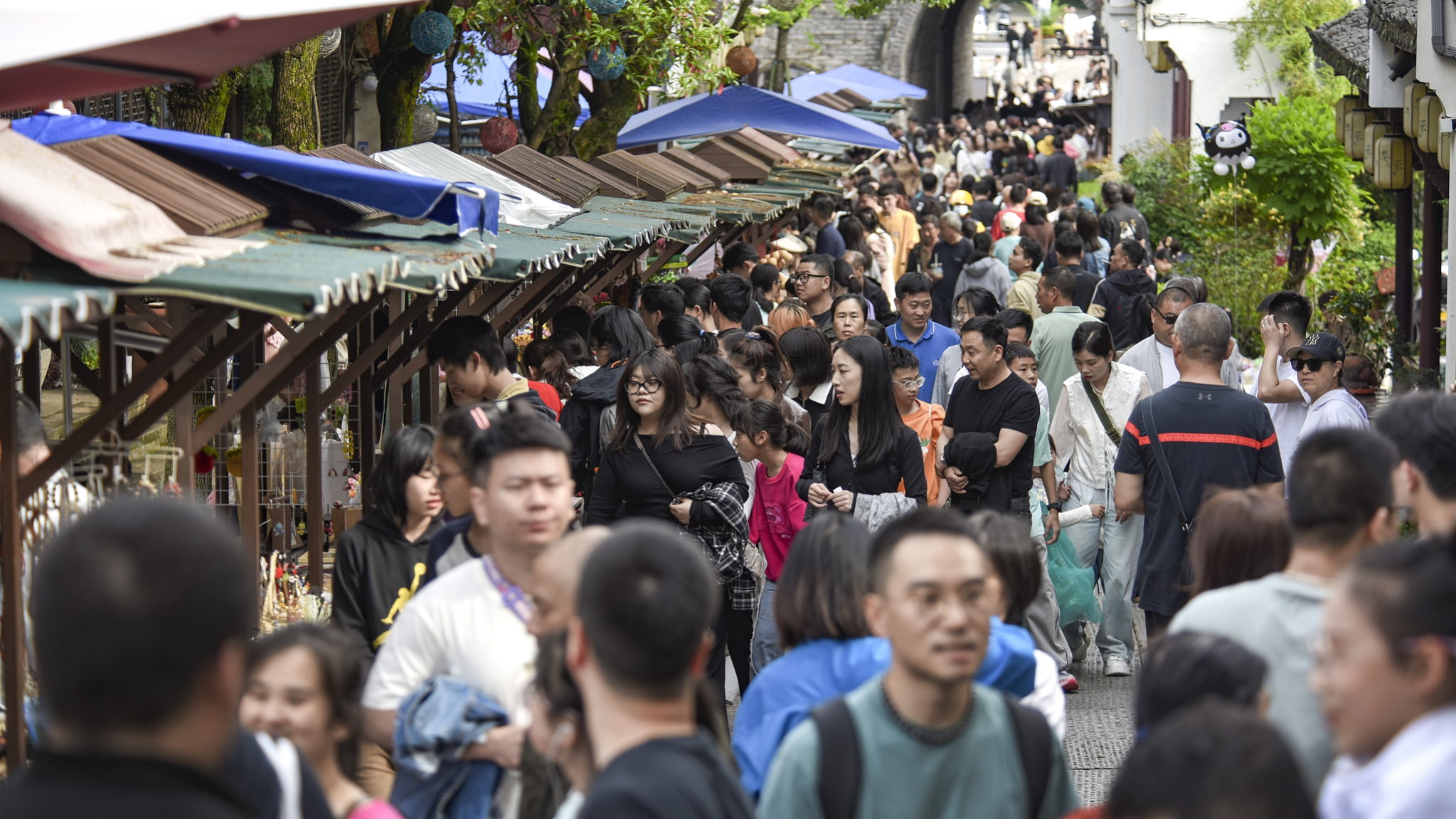 The ancient town of Guzicheng bustling with tourists in Jinhua city, Zhejiang Province, China, May 1, 2024. /CFP
The ancient town of Guzicheng bustling with tourists in Jinhua city, Zhejiang Province, China, May 1, 2024. /CFP  Henan Museum was packed with tourists in Zhengzhou, Henan Province, China, May 1, 2024. / CFP
Henan Museum was packed with tourists in Zhengzhou, Henan Province, China, May 1, 2024. / CFP